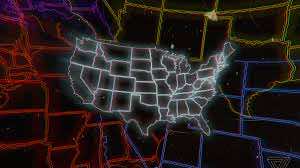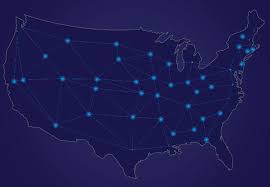FCC has a new command, and it seems like they are motivated enough to cater to the prevailing broadband issues, unlike the previous ones, who didn’t even bother tracking them down.
Now, the FCC is on the road to develop accurate broadband maps. The platform facilitates the users with a chance to fill a complaint form to let the agency know better of the areas suffering from bad internet service.

The wait to get speedy internet is over if you’ve long been suffering from slow broadband service in your area. FCC wants to know more from you directly, rather than counting on data provided by service providers. This is because data service providers report lightning-fast internet, whereas consumers have had different stories.
“Far too many Americans are left behind in access to jobs, education, and healthcare if they do not have broadband access,” Acting FCC Chairwoman Jessica Rosenworcel stated. “Collecting data from consumers who are directly affected by the lack of broadband access will help inform the FCC’s mapping efforts and future decisions about where service is needed.”
The online form is to collect the data directly from consumers, where you could detail all your problems, be it slow speed internet, the scarce number of options, data caps, or pay more money for the value of the internet service.
However, FCC has directed consumers to keep their response brief to about five sentences, although it isn’t that they won’t read the complete complaint. You’d need to provide identity details and details on where you live, your ZIP Code, contact number, and other attachments if any.
The new strategy will enable the FCC to supply the federal government with the primarily collected data, coming straight from the consumers, on their prevailing broadband issues. The government will then prioritize which areas to start with and fix these everlasting internet issues once and for all.

Earlier, FCC failed to track these areas effectively because they relied on data from the cell carriers and ISPs, which was clearly biased and overstated the coverage. Another prevailing issue that soon is to be catered to is the 25 Mbps set as a standard for high-speed internet, whereas experts say the mark should be 100 Mbps.
FCC didn’t detail how it plans on using the primary obtained data. However, it is said that the data would be shared with a ‘Broadband Data Task Force,’ which FCC formed last month to track down and create accurate broadband maps.


